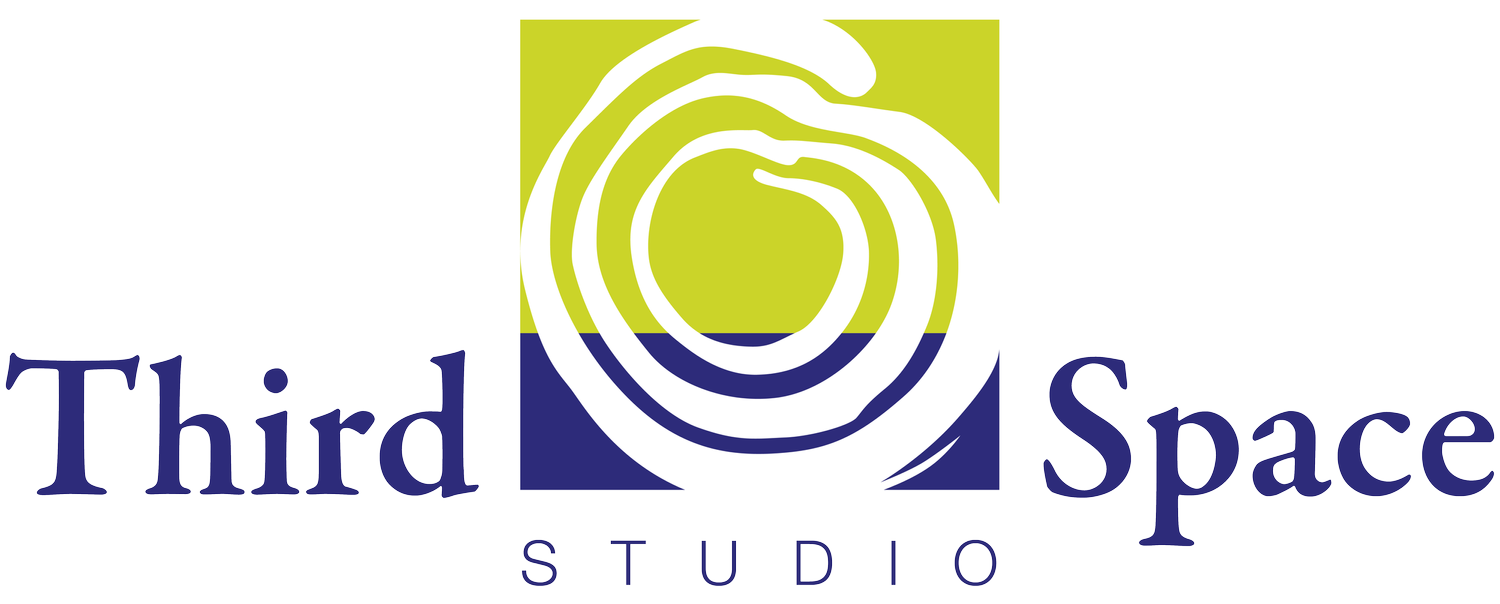Better staff meetings now, please!
The above image depicts five jazz musicians playing various instruments, including a keyboard, double bass and flute, in an abstract art style. This image was generated using Midjourney, an AI-based system.
"The Surprising Power of Team Rituals," a recent research study published in the Harvard Business Review, reports that "the more rituals a team engages in regularly, the higher their members' engagement." Team members who participate in regular rituals are more committed to the team’s purpose, report a higher level of psychological safety, have greater knowledge of their teammates, and report higher job satisfaction. That same research study found that despite the benefits, team leaders often fail to adopt and maintain consistent and meaningful rituals.
We believe that in times of transition and change – and chaos like the first weeks of 2025 – staff meetings are the most important ritual for a team. They're one of the more effective tools for supporting the engagement, motivation, and creativity of staff. Staff meetings are the place where leaders can listen deeply to understand what's at stake and what expertise and energy is available. It's a time where teams can panic responsibly, together.
Here are some suggestions for conducting better staff meetings. Adopting these practices will aid your staff as they navigate the complexities and uncertainties of 2025.
Think of your staff meetings as a ritual with a beginning, middle, and end.
Those of you with experience in a faith community know the comfort of participating in a meaningful set of activities with shape and rhythm.
Many years ago, the team that I led crafted a ritual for our staff meetings. This team functioned as jazz quintet with a solid sense of purpose and the ability to improvise. We opened with reflections and appreciations. The middle included a place to hold one another accountable and an opportunity to discuss the status of critical partnerships. We wrestled with strategic questions as a group, soliciting ideas and perspectives from all. We ended by planning our next meeting and looking ahead to the projects and meetings that would be occupying each other’s time and energy. Our weekly meetings lasted two hours, we rarely canceled, and all of us enthusiastically participated. You can download a free copy of the staff meeting template based on the ritual we used as the jazz quintet here.
Use staff meetings as a venue for collective care.
We are living in times when individuals on your team could be experiencing threats and harms in their own lives, families, and communities. All of us are moving through a range of emotions. Intentional check-in questions are one way to help staff see each other and open the space for ongoing connection and support. If your staff is large, organize people into groups of 5-7 for check-ins. It will increase connection and decrease the amount of time for everyone to share.
Here are some check-in questions that you might try:
What is one word that describes your emotional state today?
What brought you a bit of joy as you made your way to work today?
How are you holding the joy and sorrow of this time?
What is helping you hold steady?
What sound (or body movement) describes how you are today?
The Leadership Learning Community has created an archive of check-in questions. You might want to create your own list.
Dedicate time to strategic thinking.
Use staff meetings as one vehicle for surfacing and collecting the ideas and perspectives of staff members on strategic questions that the organization faces.
Ask "what if?" questions and explore the scenarios that might unfold.
What might happen if x occurs as opposed to y?
What are the possible implications?
How might we prepare ourselves now?
What can we do to mitigate the worst harms?
Explore ways to improve your offerings.
Given current realities, what are the opportunities to enhance our commitment and offerings to the people we serve?
Identify what might be left behind so that the organization can focus on what it does best.
Everyone will be amazed by the creative ideas that a team can generate in just 30 minutes of structured conversation. We offer lots of different ways of engaging people in strategic questions in our Better Meetings Toolkit.
Use staff meetings to support decision-making
While we are proponents of inclusive decision-making, we do not believe that staff meetings are the venue for making most decisions. That said, decision-makers who need the perspective and input of staff can run quick input processes during staff meetings. Be clear that the staff are not being asked to make the decision but to provide input to the decisionmaker. Name the decision to be made, the decision-maker, and the timeline. Use processes that solicit everyone’s input and not just the perspectives of the most talkative. Our Better Meetings Toolkit offers lots of tools for soliciting input.
With attention, we believe that staff meetings can be a significant leadership vehicle. If you are an executive director, you can authorize and encourage these practices throughout the organization. If you manage a team, you can try these practices within your own small group, demonstrating to others the potential.
If you are curious about other tools and techniques to enliven your staff meetings and gatherings, check out our Better Meetings online course.
- Heather & Meredith

